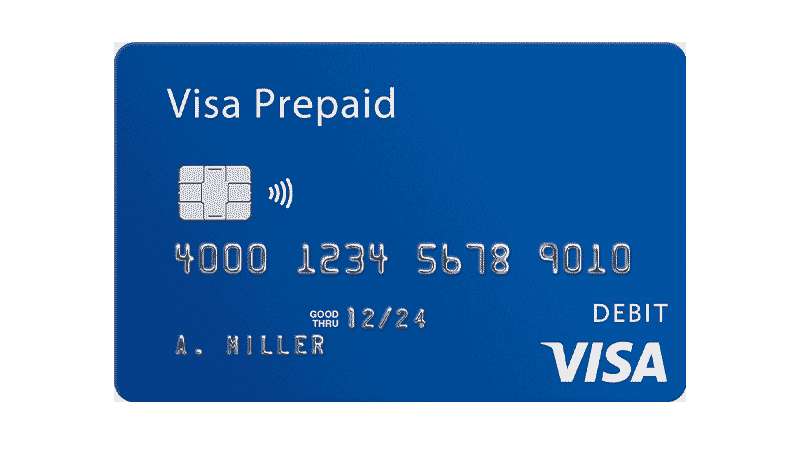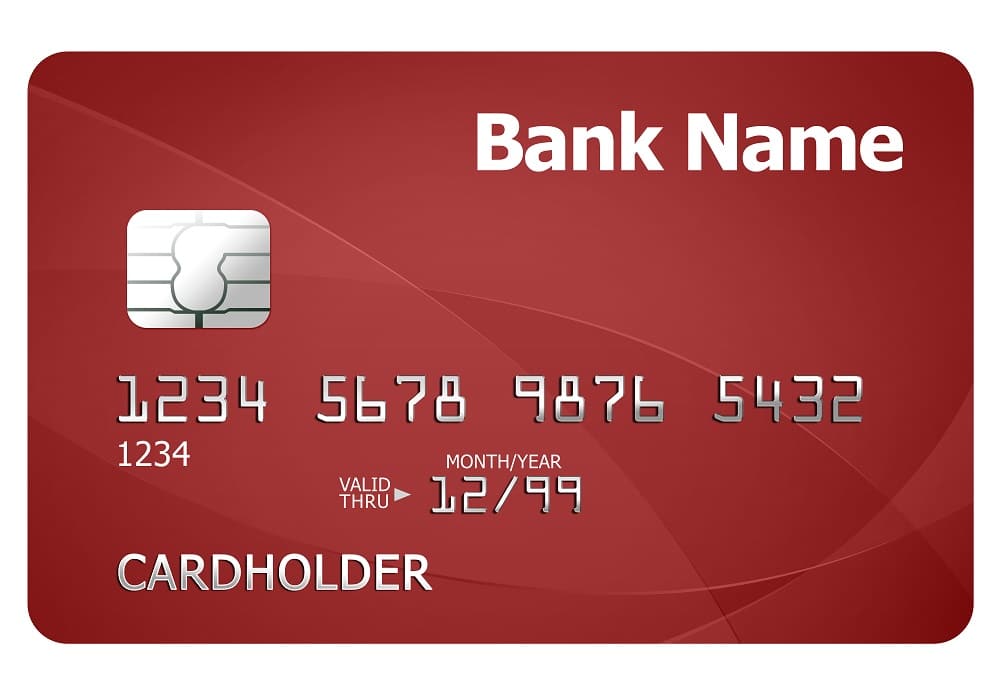


A debit card is linked to a customer’s checking or savings account where money is withdrawn when a purchase is made. Read here for more information on the difference between a gift card and a prepaid card or how customers might use a reloadable Visa gift card. Other prepaid cards are reloadable and designed for repeat use, giving customers an alternative to using a bank account or credit card. Some prepaid cards received through a reward, loyalty or promotional program, for example, can have short expiration dates and fees. The distinction between “gift” and “prepaid” is important because it means that different laws and regulations apply. Like a gift card, a prepaid card is linked to an account with a finite dollar amount reserved for future spending. If a purchase exceeds the account balance, the transaction will be declined. The recipient, who has no other access to the funds until making a purchase, can spend the total value in the account, but no more.Īlthough the card may say “debit” or “credit” on front, the card cannot be used at an ATM to obtain cash and the balance may not be extended or overdrawn. When the gift card is activated by the issuer, money is deposited into the account. A Visa gift card is linked to an account that is set up by a bank and managed by a gift card issuer. Although many Visa gift cards say “debit” on front, the verbiage on the back of the card should make things clear. If you’re not sure which type of card you have, look on the front of the card or the terms typically listed on the back. Prepaid cards and gift cards are linked to an account (whether from a bank or a merchant) that is set up to hold a finite dollar amount that can only be used to make a purchase. Credit cards are linked to a credit card account. Debit cards, for example, are typically linked to a checking or savings account. Make Your Own Personalized Gift Card here Difference Between Debit, Credit, Prepaid and GiftĪll payment cards are linked to an account of some type.


 0 kommentar(er)
0 kommentar(er)
